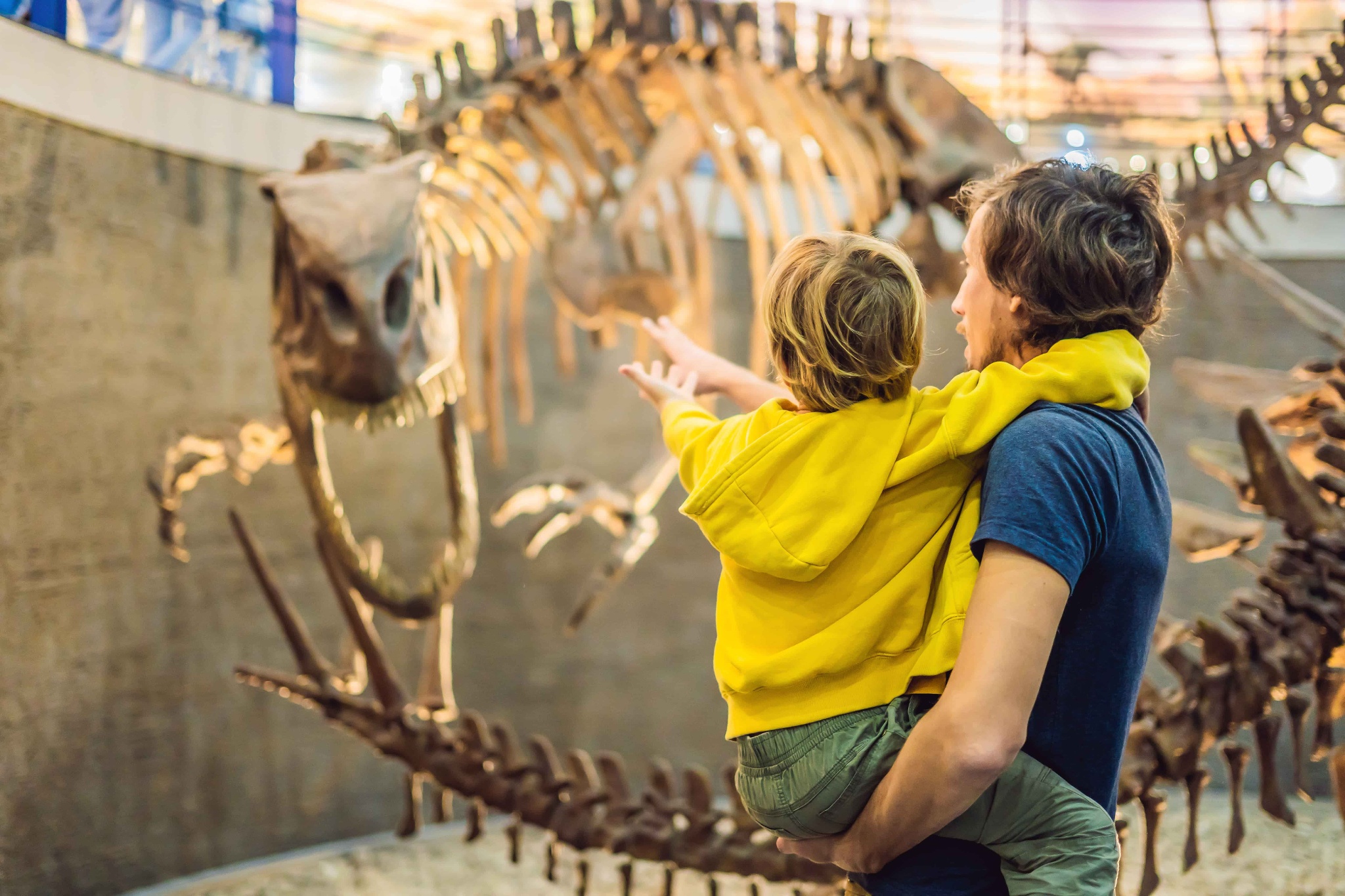
Outcomes
Watch this space for rolling updates as the project progresses.
The Project
This project sits within the DCMS Culture & Heritage Capital programme whose aim is to develop a formal approach to social cost-benefit analysis – using economic methodologies and quantitative and qualitative evidence – to better demonstrate cultural value in policy decision-making.
The purpose of this new approach is that it lead to:
- a greater, more coherent body of evidence for the full value of Arts Culture & Heritage (ACH) for use in policymaking and research;
- supplementary guidance to HM Treasury Green Book modelling the positive and negative impacts on ACH of any policy; and
- a capital account for the UK as a whole representing the value of Culture & Heritage (as now exists for nature and environment).
We are partners to the ACH Taxonomies project led by Historic England, alongside other researchers and sector bodies, funded through AHRC/DCMS Culture & Heritage Capital research programme. It aims to develop a systematic, interdisciplinary framework for understanding and classifying the range of possible:
- ACH ‘stocks’ (for non-economists, commonly ‘capital’ or ‘assets’);
- the flows of ‘services’ (the unique qualities of ACH that generate ‘benefits’); and
- the resulting value from social impacts of these benefits.
The other projects funded within the AHRC-funded research programme are developing and/or documenting methodologies to undertake such economic social cost-benefit analysis to value the different kinds of benefits that flow from a variety of heritage assets.
We have two specific roles in the project:
- to advise on methods to design a classification framework that is fit for purpose, acceptable to a range of stakeholders and both scalable and evolvable
- to represent the world views and interests of the non-heritage arts and culture subsectors within the resulting classification framework
Our Solution
This is a rolling project until 2026 and we will keep on posting and sharing our progress.
To date, we have:
- Helped revise communications about the project to be more easily understood by those who are not economists or information scientists
- Scanned UK and international public policy, sector strategies and industrial standards for frameworks comparable to those for creative and cultural capitals and public value
- Convened experts from across the private, third, public and research sectors to consider how evaluation techniques can be applied to the social benefit valuation of cultural capitals
- Worked with non-heritage arts and culture sector bodies to capture the significance of long-term social value generation of capital investment into production and content
Project Impact
By focusing on specific users and use cases, we’re helping create a design process that ensures the resulting classification framework will be useful for the policymakers and sector leaders that need to use it.
We’re bringing the business and public value models of the non-heritage culture subsectors – including performing and visual arts, film and music – to the fore within the programme.
Work with us
If you would like to learn more about our work in this area, or commission us to do something similar for you, please get in touch.
Get in touch
